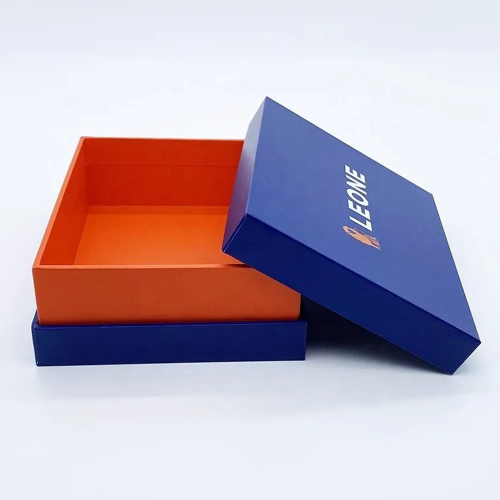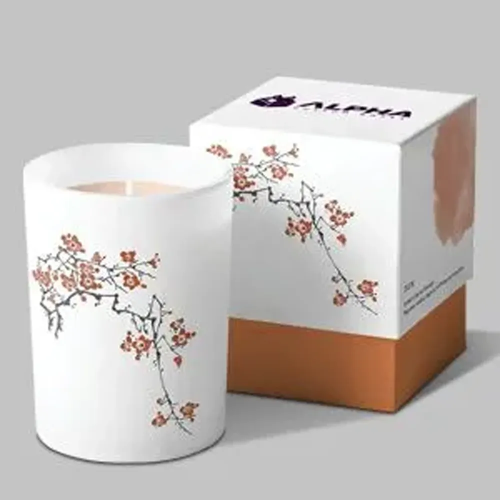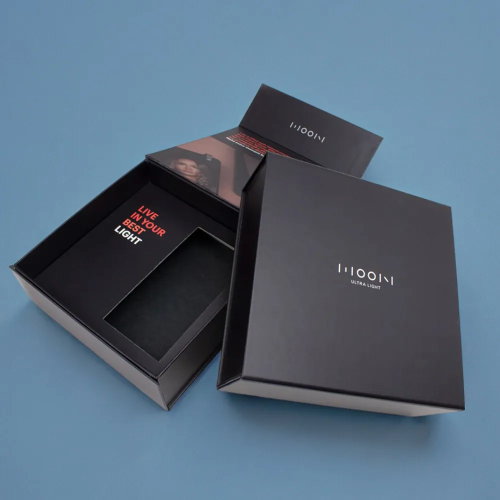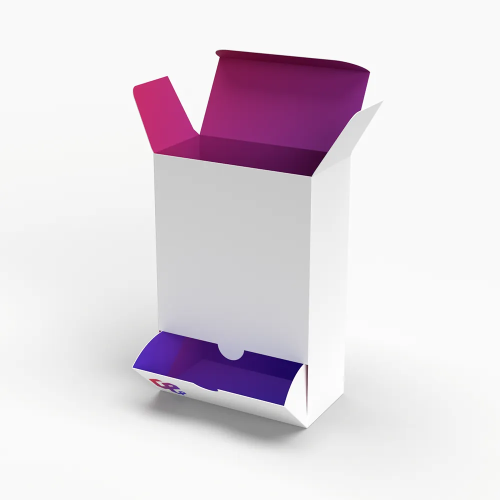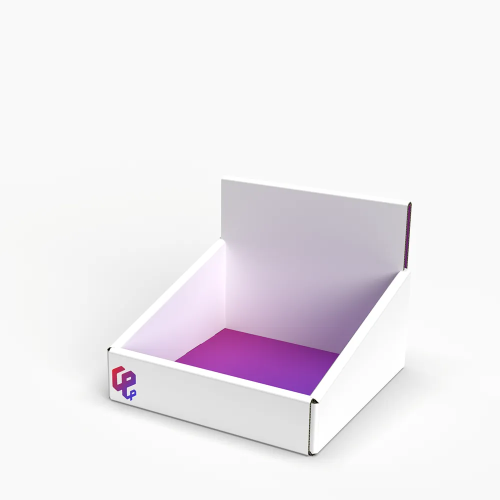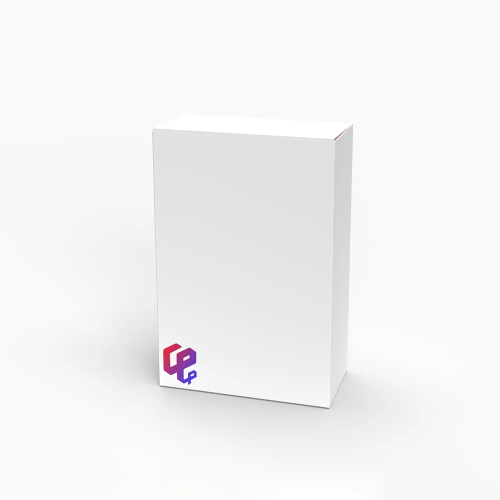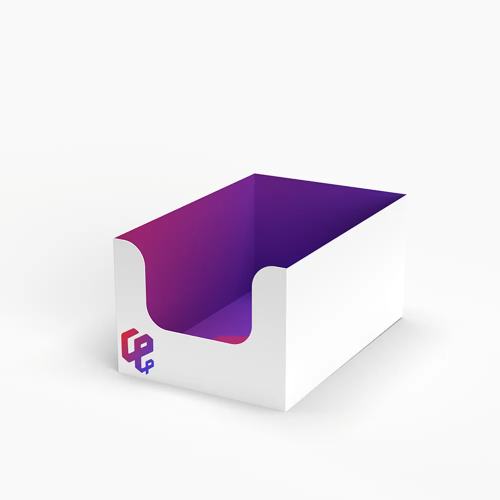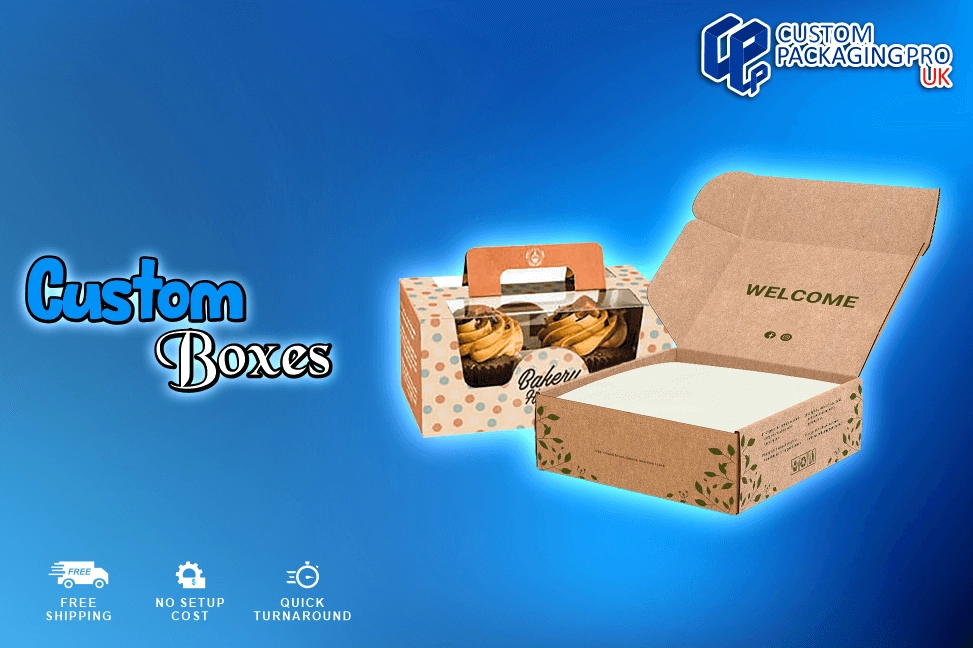Manage Consistent Expertise by Having Custom Boxes
April 07, 2024
Boxes are now a crucial component of contemporary packaging solutions, providing companies with various benefits, from product protection to brand awareness. In the contemporary marketplace, characterised by intense competition and an abundance of options for consumers, Custom Boxes function as an effective means for businesses to differentiate their offerings and establish a lasting connection with their clientele. Their capacity to strengthen brand identity is among their most significant benefits. They enable companies to clearly display their colours, logo, and brand messaging, resulting in a consistent brand experience over all touch points. Branded packaging reinforces their image and ideals in eyes, whether placed on store shelves and delivered to their doorsteps.
Custom Boxes Build Opinion to Manage Product Type
Being recognised by consumers is essential for differentiating oneself from rivals in a crowded market. Custom Boxes serve a broad range of products and industries with their unmatched adaptability. It comes to match the precise measurements and specifications of any product, whether it is for electronics, clothing, cosmetics, and food products. This adaptability not only guarantees a tight fit for the item, reducing the possibility of damage during transit, but it also improves the presentation in general, raising their opinion of their value. They are made with utility and functionality in mind, in addition to looks. Innovative production processes enable adding features like padding, dividers, and inserts, offering the best protection for delicate and breakable objects.
Add Recyclable Items and Options within Custom Boxes
Businesses can match packaging with consumer preferences and sustainability efforts by using boxes. Eco-friendly packaging options are becoming increasingly popular as people become more conscious of environmental issues. Custom Boxes can be manufactured with recyclable materials, including cardboard and kraft paper, which minimises their impact on the environment without sacrificing functionality and longevity. Furthermore, businesses can use packaging to express their dedication to sustainability, which will win over customers who care about the environment and make them loyal. Businesses can transport electronics and fragile glassware with confidence that their goods will reach their destination undamaged, which lowers the possibility of returns and damage claims.

Display Boxes Change Behaviours to Bring More Charm
Beyond being used for storage, boxes are a multipurpose and vital part of retail. Display Boxes act as the initial physical point of contact between a brand and a customer as more and more purchases are made online. As a result, it is vital to improve the unboxing experience and make a routine chore into an experience that customers will remember. When marketing an existing item and launching a new one, a well-designed box can attract attention to their best qualities. Along with innovative branding components like slogans, logos, and colour schemes, the thoughtful arrangement of products within these boxes may significantly impact consumer perception and boost sales. Its importance will only increase as consumer expectations continue to change, making it a crucial component of contemporary brand strategy.
Add Smooth and Presentable Factors within Display Boxes
Effective product showcasing is one of the primary purposes of a box. Additionally, they are essential to the arrangement and efficiency of shop space. Through orderly product placement within allocated sections and shelves, Display Boxes assist shops in making the most of their limited area while preserving a visually appealing atmosphere. Customers will find it easier to access thanks to this arrangement, which also fosters an atmosphere of orderliness that improves the entire shopping experience. Apart from their practical uses, they are also effective marketing instruments. Packaging can persuade customers with eye-catching images, striking typography, and creative designs that convey brand messaging and special offers.
Display Boxes Offer Safety to Become Manageable Content
Boxes can be customised to meet target demographics and particular marketing goals. For instance, luxury brands may focus on eco-friendly materials and minimalist aesthetics to be consistent with their ideals. In contrast, eco-conscious brands may favour premium materials and intricate designs to communicate exclusivity and elegance. Businesses may build a distinctive and memorable brand experience. Hence, it connects with its audience by tailoring them to brand identity and consumer preferences. Display Boxes are essential in trade exhibits, exhibitions, and other promotional events besides conventional retail contexts. The boxes function as movable product showcases, allowing brands to draw interest and attention to their offerings.
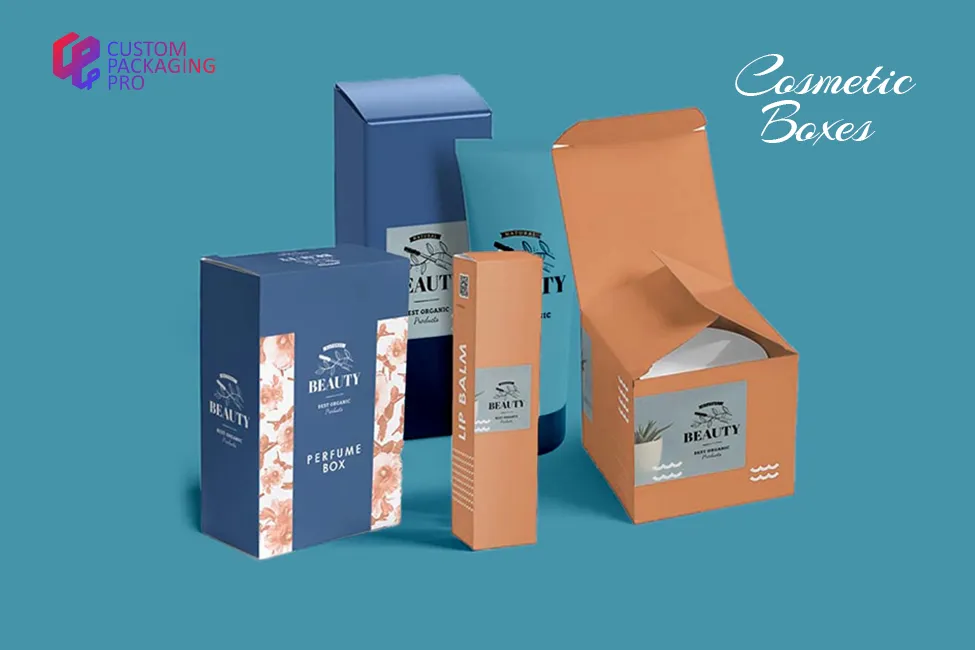
Remain Effective to Manage Identity Using Cosmetic Boxes
Cosmetic items remain presented, protected, and promoted essentially using boxes. These modest receptacles are more than just holding places for goods. Cosmetic Boxes are silent brand ambassadors that convey their identity, promise, and message to customers. Packaging is crucial in the highly competitive cosmetics industry, where first impressions count for a lot. Fundamentally, packaging remains made to protect the integrity of the goods. Packaging for fragile formulations is necessary to protect them from external elements that can reduce their effectiveness. Fragile formulations are susceptible to light, air, and temperature changes. Seals, inserts, and inner linings also remain used to guarantee that the product stays fresh and uncontaminated until it gets into the hands of the customer.
Cosmetic Boxes Help Targeting Audience with Easy Usage
A design conveys its identity, values, and target market, saying volumes about it. Packaging design expresses their aesthetic preferences and stance in the market, ranging from bombastic extravagance to minimalist elegance. Luxury brands use Cosmetic Boxes as a means of projecting exclusivity and elegance. They frequently use high-quality materials, elaborate details, and opulent finishes to do this. On the other hand, mass-market companies might choose more approachable designs that emphasise price, ease of use, and simplicity. Hence, they appeal to a broader range of consumers. They are beautiful and practical marketing tools that draw in customers and affect their buying decisions.
Become Medium for Display because of Cosmetic Boxes
On busy store shelves, a well-designed box can draw attention and encourage customers to learn more about the product. Key selling elements remain communicated visually, and impactful graphics, colours, and compelling imagery are all used. Furthermore, brands can use Cosmetic Boxes as a storytelling medium using creative language and imagery. They do this to tell the tale of their ethos, history, and product advantages. Packaging may create repeat business and brand loyalty by emotionally connecting with consumers. In a time when environmental consciousness is vital, they are changing to suit the tastes of environmentally concerned customers. To reduce their advisement effects, brands are adopting more and more eco-friendly products.
FAQs
1. What are Custom Boxes and why should my business use them?
Custom Boxes are personalized packaging designed for your product size and style, helping your brand look professional and unique to customers.
2. How do custom boxes protect my products?
Because they’re made to fit exactly, Custom Boxes reduce movement and protect products from damage during shipping and handling.
3. Can custom boxes help build brand identity?
Yes! Custom Boxes show your logo, brand colours, and personality clearly, making your products memorable and boosting brand recognition.
4. Do custom boxes improve the unboxing experience?
Absolutely, thoughtful design and branding in Custom Boxes create excitement and make customers feel special when they open your product.
5. Are there eco-friendly custom box options?
Yes, many Custom Boxes can be made with recyclable or biodegradable materials to appeal to environmentally conscious buyers.
6. How do custom boxes help increase repeat customers?
When customers enjoy how a product looks and feels in Custom Boxes, they feel valued and are more likely to buy again.
